The Controversy
GPUs.. did you guys know that word didn’t exist until Nvidia decided they needed a name for the chips they are making. And they made it so good, that we – the entire WORLD ran out of semiconductor CHIPS..

Now, you might hate them, or not like them, but you cannot deny that this single company made PC gaming a reality – and by doing that, changed how our computers work. So how did this happen?
The Origins
For every Origin story, we need a protagonist – and we have Jensen Uncle, who joined the hardware industry when its progress was completely stagnant Because CHIP manufacturing was a very long and tiring process, prototypes had to be made and physically tested which could take months and if something goes wrong – your back to the drawing board.

dating back to the 1980s – the time when PCs were starting to become a thing – Companies were more focused on making CPUs more flexible in handling different workloads instead of efficiency and performance. and gaming was still stuck in the arcade centers, with Tetris and Pac-man.
Jensen joined a semiconductor company that had just started manufacturing its own chips – Advanced Micro Devices, sound familiar?

He joined AMD as a chip designer and one of his first projects was to make a super-fast chip with a mind-blowing 1MHz clock speed.
For context – AMD’s 7000 series has a clock speed of 5800 MHz.
In a total span of 10 years, he realized making general chips for everything wasn’t his thing – so he left AMD and joined LSI Logic (1990s). A company that makes ASICs. these are basically processors that are designed and made for specific use cases like industrial machines, radio towers, etc. – Much like Custom PCs that you can get for your specific use case from theMVP.in 😉
This meant versatility can be thrown out of the window, and the complete focus can be shifted towards making faster and more efficient chips. Which Jensen wanted to do. But the hardware industry as a whole was still lacking behind.
although PC gaming had become much more common now primarily due to John Carmack, the co-founder of id Software that made THE FIRST FPS GAME – Wolfenstein 3D, which had some software magic called Ray-Casting that gives a 3D illusion in a 2D space.

Mind you – personal computers were far from being capable of mapping and calculating 3D space. It required hundreds of thousands of calculations to map a 3D environment, shade and color it, then render it in a single 2d frame.

And you need at least 24 frames in a single second to get some movement wala feeling.
The change felt impossible, that is until Nvidia was founded – Jensen was approached by 2 of his client company Sun Microsystem’s employees who had an offer. They wanted to make a company that makes graphic accelerate

Having worked on one of the first computer workstations ever built – the SPARKstation, Jensen was the perfect fit for this job. So he agreed and soon began the production of a Graphics processing unit.
The Challenge – 1994
Nvidia’s approach was simple yet effective, even today – CPUs work in a sequential manner, where calculations happen one at a time, mainly because this data is complex and interdependent. But this wasn’t true for graphics. Our screen is made up of 1000s of individual pixels, each displaying an individual color.
So, in a nutshell – The GPU’s job is to paint these 1000s of pixels that produce a single frame. And this didn’t need to happen sequentially nor was this calculation time-consuming – So instead of having 1 or 2 strong cores, they could have multiple weak cores.
And that made the secret sauce for GPUs – Parallel Processing.
But it wasn’t that simple – even if Nvidia did manage to create such an amazing piece of hardware, it also needed to get all game developers on board to CREATE 3D games and software – which comes with a whole different set of problems.
With the help of their first Kickstarter NV1 and Jensen’s amazing track record. They managed to catch the attention of SEGA, the world’s leading game developers of that time. The companies came together to build a platform for 3D game development.
But Nvidia made a huge mistake – in 3D graphics, you need something that’s called a Geometric primitive, it’s the most basic shape your CPU can render that makes up all the 3D shapes. And Nvidia decided to make a quadrilateral or a square its primitive shape. Roughly a year passed by as Nvidia was still working on this project and other companies were starting to catch up – In fact one company made an entire directory for developing 3D graphics which also happened to sell the most operating systems. Yes, it’s Microsoft!
Apart from their dominant platform, Windows 95 – Direct3D, now known as DirectX used triangles as their geometric primitive – which is much more efficient than quadrilaterals simply because it is the most primitive shape in existence.

So software companies quickly started adapting to it – which made Nvidia and Sega’s collaboration completely redundant. Naturally, SEGA pulled the plug and canceled the deal. This left Nvidia in a very tight spot, Their GPUs also stopped selling simply because they were still running two-year-old technology as their complete focus was on building the platform
they were still suffering from the most basic problem faced by the entire industry. Innovation
And right now was the need of the hour – they barely had 6 months left before they shut down and no good hardware…
Tough decisions had to be made – Nvidia let off their entire staff leaving only around 35 specialists with one simple goal. To make THEIR BRAND NEW CHIP. but they simply did not have the time for prototyping, and then mass manufacturing to get it to store shelves.
Although the odds seemed impossible, Jensen Unkil is Jensen Unkil for a reason. He knew that testing their chip with the conventional methods was not gonna get them anywhere – So he SIMPLY CHANGED THE WAY – enter-in Chip Simulation!

The Victory–
Instead of the whole physical prototyping process, Nvidia bought a startup that had just started simulating chips through software, it wasn’t yet complete – but it was enough to work for Nvidia. They LITERALLY USED COMPUTERS TO MAKE COMPUTERS BETTER. (which is an amazing foreshadow of what they’ve done now)
What used to take 18-24 months, was now happening under 6 with much better performance. They were DOUBLING their card’s performance every 6 months and after 3 successful iterations, Nvidia was ready to unveil the world’s FIRST GPU. yea, they were still calling it Video Acceleration Cards.

But this new GPU needed a name, so they held a naming competition with close to 12,000 entries – and try guessing the name,
spoiler alert: you know it.
It was GEFORCE.
The Geforce 256 released in 1999 was the world’s first GPU that was actually called a GPU, at least by Nvidia – people initially brushed it off calling it a marketing gimmick, but so were DLSS and RTX.
And that marked the beginning of a new era – the PC gaming era we all love and know. Counter-Strike, Max Payne, Warcraft, Battlefield, and many more games started showing up.
But PC gaming didn’t blow up because of 3D, it blew up because Nvidia had just unlocked a new way of telling stories – and I think that’s the beauty of this story.
But Nvidia doesn’t stop here – what they did with AI and Deep Learning went on to revolutionize the computer industry AGAIN – but that’s the story for another time.

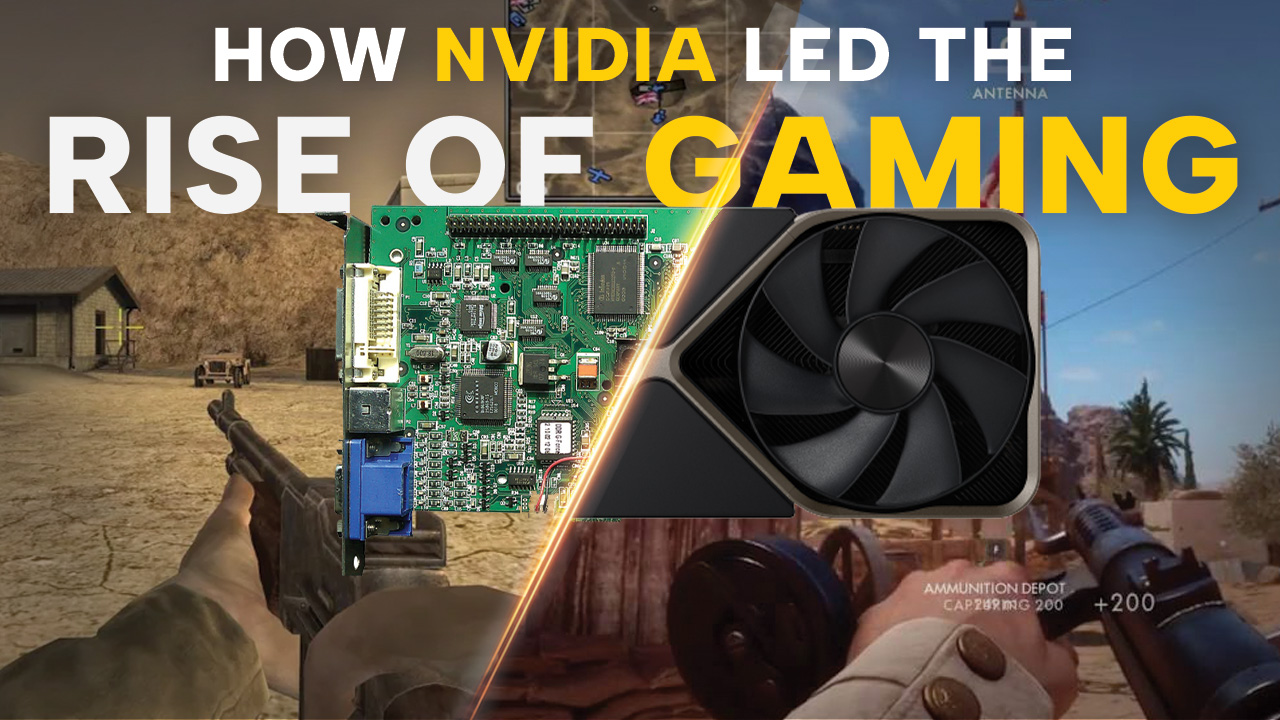
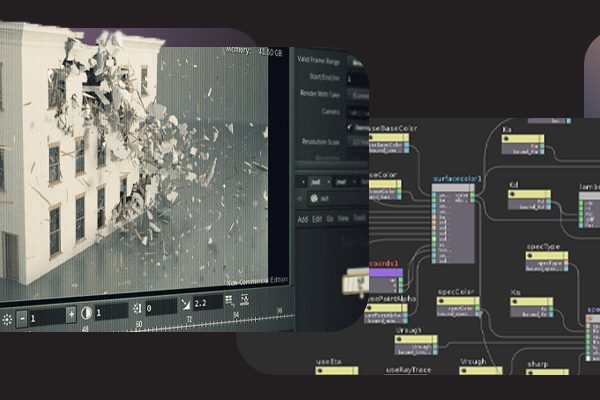
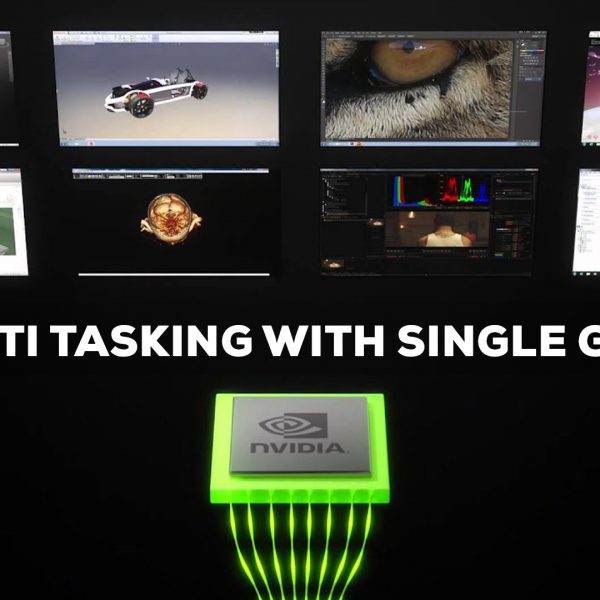

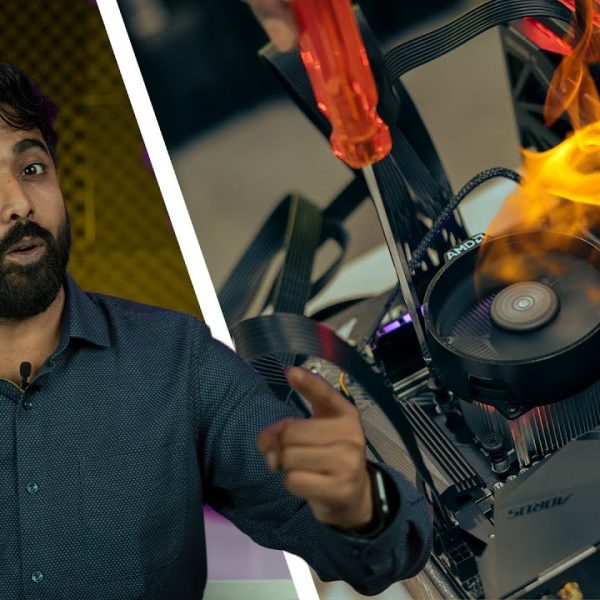
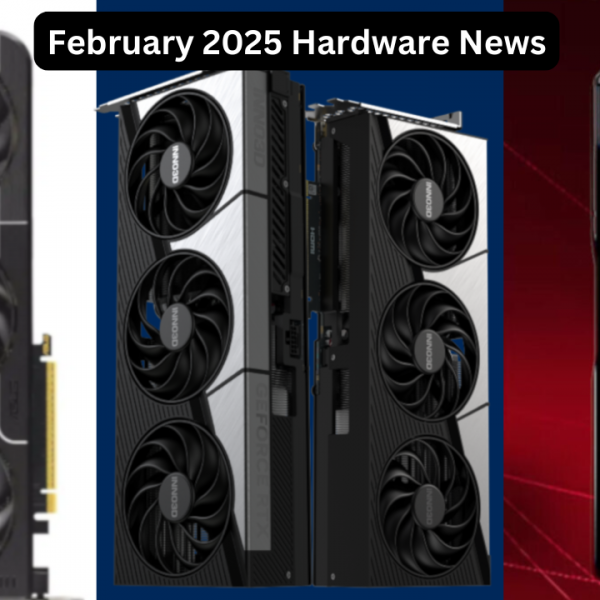
I view something genuinely special in this web site.